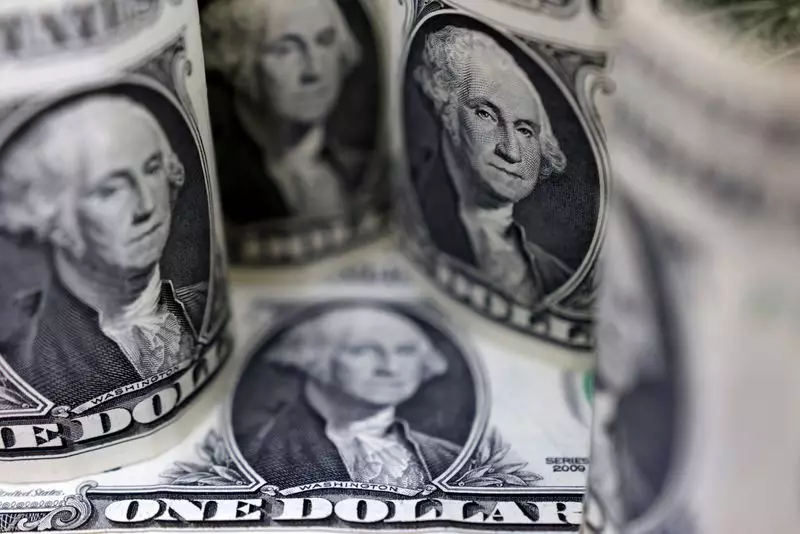The US dollar is currently facing the heat of numerous factors that are contributing to its downward trajectory. According to analysts at UBS, the outlook for the greenback remains bearish due to a combination of narrowing interest rate differentials, concerns regarding the US fiscal deficit, and shifting global monetary policies. This has led UBS to downgrade the US dollar to its “Least Preferred” status in the global strategy, favoring other currencies like the euro, British pound, and Australian dollar instead.
While there was a recent boost in the US dollar due to stronger-than-anticipated economic data, the overall trend continues to point downwards. Revised second-quarter GDP growth figures showed an annualized growth rate of 3.0%, up from the previously reported 2.8%, driven mainly by stronger consumer spending. Despite this positive revision, the US dollar index has fallen by 3% over the past month and remains under pressure.
UBS analysts predict that the US dollar will continue to weaken in the coming months due to several key factors. The anticipated narrowing of interest rate differentials, with the US Federal Reserve expected to cut rates by a total of 100 basis points across its remaining meetings in 2024, is one of the primary drivers. While other central banks are also expected to reduce rates, their approach is likely to be more measured, making the dollar less attractive.
The growing US fiscal deficit is another concern that is expected to erode confidence in the dollar. The Congressional Budget Office has projected that interest costs on US debt will surpass defense spending this year, highlighting the fiscal challenges facing the country. As the US presidential race intensifies and the fiscal deficit becomes a focal point of debate, additional headwinds for the dollar are anticipated.
Apart from interest rate differentials and fiscal deficit concerns, global monetary policy shifts also pose a challenge for the US dollar. For instance, the Reserve Bank of Australia is expected to maintain its current policy stance until next year, putting pressure on the dollar. In contrast, the Swiss franc is expected to remain strong due to its safe-haven status, further impacting the US dollar’s position in the market.
The anticipated weakening of the US dollar carries significant implications for global markets. As the dollar depreciates, risk assets like quality stocks are likely to become more attractive, especially in an environment where the Federal Reserve is cutting rates. UBS recommends investors to consider reallocating cash into high-quality bonds from investment-grade companies to capitalize on the changing economic landscape.
Despite some weaknesses observed in the US labor market, such as a rise in unemployment in July, the overall picture remains resilient. Weekly jobless claims have been decreasing, and consumer spending continues to exhibit strength, alleviating fears of an immediate recession. UBS maintains its base case for a soft landing for the US economy, supported by the expected rate cuts from the Fed.
The US dollar is poised to face ongoing downward pressure in the near future due to a confluence of factors that are undermining its strength. As the global economic landscape continues to evolve, investors and market participants will need to adapt to the changing dynamics to navigate the shifting currency markets successfully.

